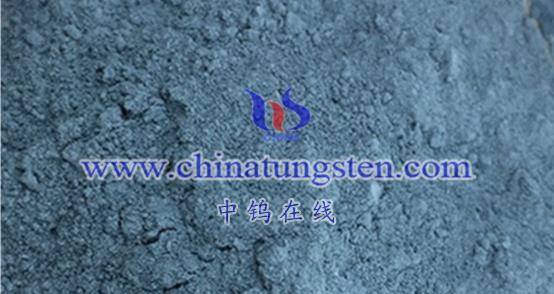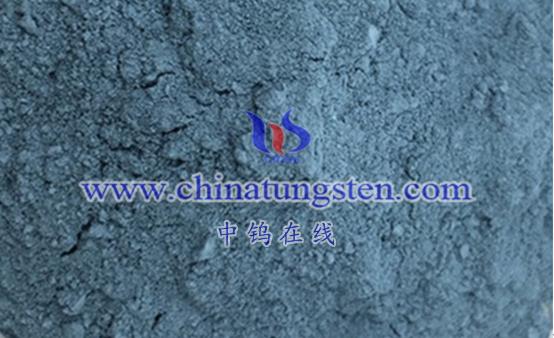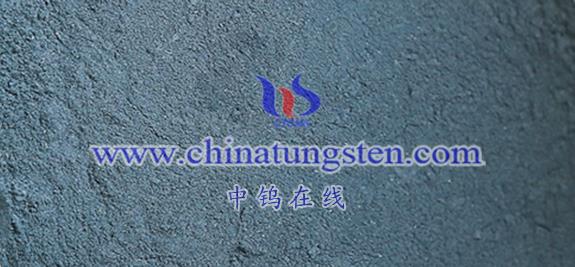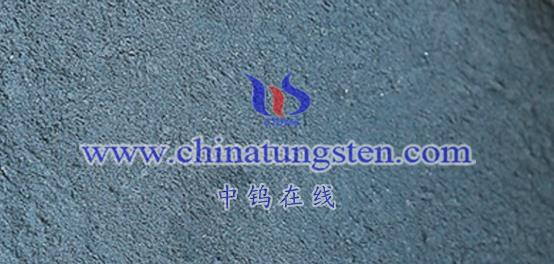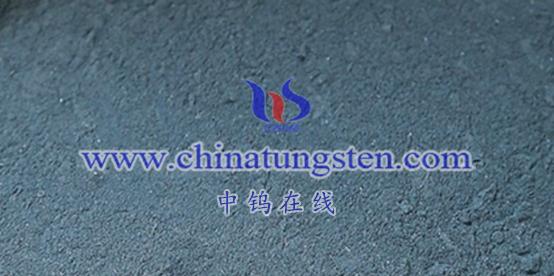
Oxygen vacancy tungsten oxide catalysts have several notable advantages, making them highly effective in catalytic applications. These benefits are summarized below:
- Enhanced Catalytic Performance
Increased Active Centers
Oxygen vacancies provide more active centers on the catalyst surface, enabling the adsorption and activation of reactant molecules. This reduces the activation energy required for reactions, thereby accelerating the catalytic process. This enhancement makes these catalysts highly active in various catalytic reactions.
Promoted Electron Transfer
Oxygen vacancies facilitate electron transfer and separation on the catalyst surface. In photocatalytic reactions, they capture photo-generated electrons, suppress the recombination of electron-hole pairs, and improve the separation efficiency of charge carriers, thereby boosting the catalyst’s photocatalytic performance.
- Improved Photocatalytic Properties
Expanded Light Absorption Range
Oxygen vacancies alter the electronic structure of tungsten oxide, extending its light absorption range into the visible and even infrared spectrum. This expanded spectral response enables the catalyst to harness solar energy more effectively, enhancing the efficiency of photocatalytic reactions.
Increased Charge Carrier Separation Efficiency
As mentioned earlier, oxygen vacancies promote the separation of photo-generated electrons and holes, reducing recombination. This improves the efficiency of charge carrier separation, a critical step in enabling effective photocatalytic reactions.
- Stability and Durability
High Chemical Stability
These catalysts exhibit high chemical stability, maintaining their structure and performance under various environmental conditions. This robustness prevents structural damage or performance degradation during catalytic reactions.
Good Thermal Stability
Oxygen vacancy tungsten oxide catalysts also have excellent thermal stability, allowing them to retain catalytic performance even at high temperatures. This is particularly valuable for catalytic reactions conducted under elevated temperatures.
- Additional Advantages
Versatile Preparation Methods
The catalysts can be synthesized using various methods, including chemical reduction, hydrothermal techniques, and sol-gel processes. These methods can be tailored to produce catalysts with specific oxygen vacancy concentrations and structures, optimizing them for different applications.
Broad Application Prospects
Thanks to their unique properties, these catalysts have extensive potential applications, such as:
- Photocatalytic degradation of organic pollutants
- Water splitting for hydrogen production
- Energy storage devices (e.g., batteries and supercapacitors)
Conclusion
Oxygen vacancy tungsten oxide catalysts, with their distinctive structure and exceptional properties, exhibit significant potential and value in catalytic applications. As research progresses, these catalysts are expected to find broader and more impactful uses across various fields.
More details of tungsten oxide product, please visit website: tungsten-oxide.com
Please contact CHINATUNGSTEN for inquiry and order of tungsten oxide:
Email: sales@chinatungsten.com
Tel.: 86 592 5129595


